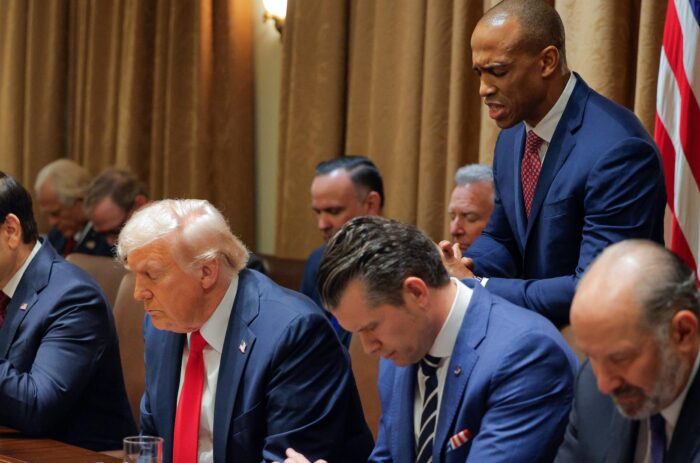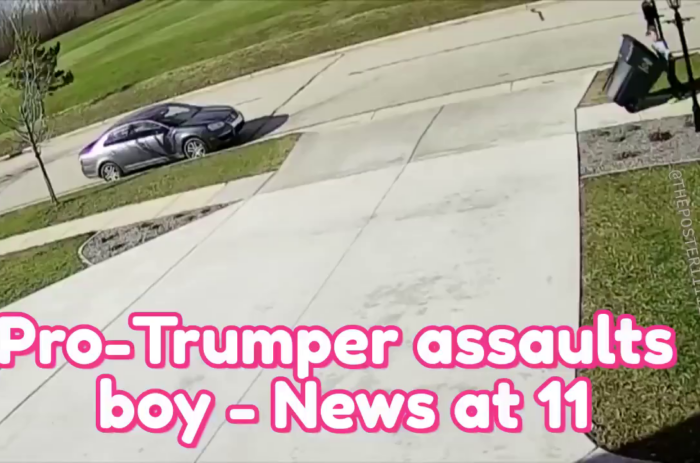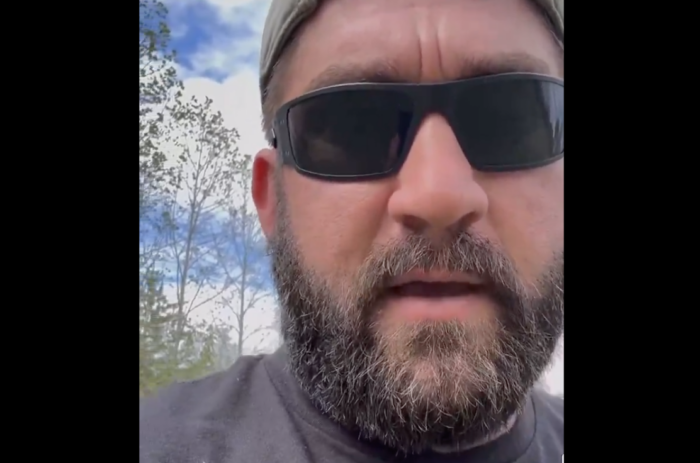Dec. 7, 2011 marked the 70th anniversary of the Japanese attack on Pearl Harbor.
In a speech Dec. 8, 1941 asking Congress to declare war on Japan after the bombing of Pearl Harbor, President Franklin D. Rooselvelt said in part:
“Yesterday, December 7, 1941 – a date which will live in infamy – the United States of America was suddenly and deliberately attacked by naval and air forces of the Empire of Japan… No matter how long it may take us to overcome this premeditated invasion, the American people will through their righteous might win through to absolute victory… With confidence in our armed forces – with the unbounded determination of our people – we will gain the inevitable triumph – so help us God. I, therefore, ask that the Congress declare that since the dastardly and unprovoked attack by Japan on Sunday, December 7th, a state of war has existed between the United States and the Japanese Empire.”
-Read FDR’s speech to Congress (and listen to the audio) at docs.fdrlibrary.marist.edu/tmirhdee.html, OR
-Listen to FDR’s speech to Congress at history.com/audio/fdr-asks-congress-to-declare-war-on-japan#fdr-asks-congress-to-declare-war-on-japan.
For photos of Pearl Harbor and the attack, go to the U.S. Navy’s history website at history.navy.mil/photos/events/wwii-pac/pearlhbr/pearlhbr.htm.
Watch a video on the Pearl Harbor attack below:
THE ATTACK ON PEARL HARBOR The attack on Pearl Harbor was a surprise military strike conducted by the Imperial Japanese Navy against the United States naval base at Pearl Harbor, Hawaii on the morning of December 7, 1941.
- The base was attacked by 353 Japanese aircraft in two waves, launched from six aircraft carriers.
- Four U.S. Navy battleships were sunk (two of which were raised and returned to service later in the war) and the four other battleships present were damaged.
- The Japanese also sank or damaged three cruisers, three destroyers, an anti-aircraft training ship and one minelayer.
- 188 U.S. aircraft were destroyed, 2,402 personnel were killed and 1,282 were wounded.
- Nearly half of those who perished were sailors aboard the battleship USS Arizona, which Japanese torpedo bombers sank early in the attack, sending 1,177 of its 1,400-member crew to their deaths.
- The USS Arizona Memorial, built over the remains of the ship, now forms a centerpiece of the World War II Valor in the Pacific National Monument, an historic site administered by the National Park Service. Visit the National Parks Service website for the USS Arizona Memorial at nps.gov/valr/index.htm.
- The power station, shipyard, maintenance, and fuel and torpedo storage facilities, as well as the submarine piers and headquarters building (also home of the intelligence section) were not attacked.
- Japanese losses were light, with 29 aircraft and five midget submarines lost, and 65 servicemen killed or wounded. One Japanese sailor was captured.
- The following day [Dec. 8] the United States declared war on Japan.
- Subsequent operations by the U.S., as well as the Axis alliance, prompted Germany and Italy to declare war on the U.S. on December 11, which was reciprocated by the U.S. the same day.
- Despite numerous historical precedents for unannounced military action, the lack of any formal warning by Japan, particularly while negotiations were still apparently ongoing, led to President Franklin D. Roosevelt proclaiming December 7, 1941, “a date which will live in infamy.” (excerpted in part from wikipedia)



